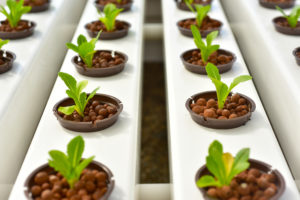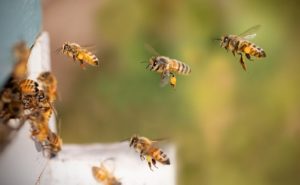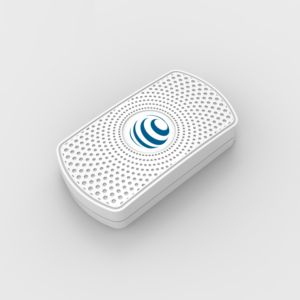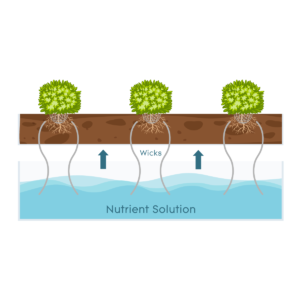Why We Use the iMatrix Cloud System
At AgrowTronics, we’re serious about hydroponics. When you’re serious about growing, technology is the step forward you need to take. Today, we’re going to explain why we use the iMatrix cloud system, and what kinds of sensors you can use for your hydroponic system.
One of the most important things growers should do is keep a close eye on their system. Learn more about monitoring your hydroponic system. With a diligent eye, and good records, you can prevent small issues from turning into big ones before they ruin your crop.
Types of Sensors for Hydroponics
These days, you can more or less automate a grow room or greenhouse, provided you have enough equipment. Whether you grow commercially or as a hobby, using sensors is usually the first step. Why? Sensors are much easier to install than other more complicated pieces of equipment. Not just that, but sensors are really the first step to optimizing your hydroponic system. No matter what you need to monitor, sensors do all the watching for you.
What can you monitor with sensors for hydroponics?
The most common sensors for hydroponics include:
- Temperature
- Humidity
- pH
- EC (nutrient concentration)
- Water temperature
- Light levels
- CO₂
Where to Start
We recommend starting with some of the most crucial factors to your plants’ growth: temperature and humidity. If the climate is too hot, plants will wither and dry out. If it’s too cold, they’ll experience stunted growth or have trouble taking in nutrients.
Humidity can have similar effects if you don’t keep it in the proper range. If humidity is too high, plants can’t transpire, and as a result, they lose their internal fluid balance. As a result, they can’t take in more nutrient solution. Not only that, high humidity levels can encourage the growth of fungus, bacteria, and other pathogens. If your humidity is too low, plants dry out because the surrounding air creates an imbalance within the plant. As a result, plants struggle to take in enough moisture, which means your nutrient solution is used up faster. Ultimately, that means your nutrient solution is more concentrated, and plants can get root burn among other ailments.
Basically, it’s a good idea to start using sensors for humidity and temperature first. Next, we’ll go over which sensors we recommend, and the system we prefer using.
What Do We Use?
As we’ve recommended, it’s best to start with temperature and humidity sensors. At AgrowTronics, the Neo sensor is a crucial part of our systems. What is the Neo sensor? Basically, it’s a dual monitoring sensor that measures the temperature and humidity of your grow room throughout the day.
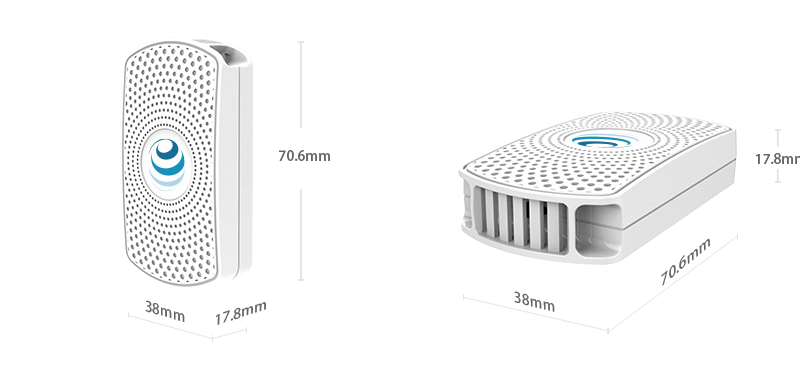
It’s a super lightweight, little device (it only weighs 43 gram and measures 70.6 x 38 x 17.8mm). While it’s a pretty advanced solution, it doesn’t get much simpler, at least on your end. Just install it (and that process only takes a few seconds, anyway), activate it, and you’re done. This sensor is much more accurate and efficient than manually measuring the environment around your grow room. Plus, it gives you the peace of mind that you know your plants are in the proper conditions to optimize their growth.
Why Do We Use the iMatrix Cloud System?
We like knowing that we can check in on our plants any time of day, no matter where we are. Having plants in poor conditions means that we’re not getting a good yield. Naturally, a solution that allows technology to take over part of the work is ideal. By using the Neo sensor, and the iMatrix Cloud system, we reduce the time and labor we have to spend to get a good yield.
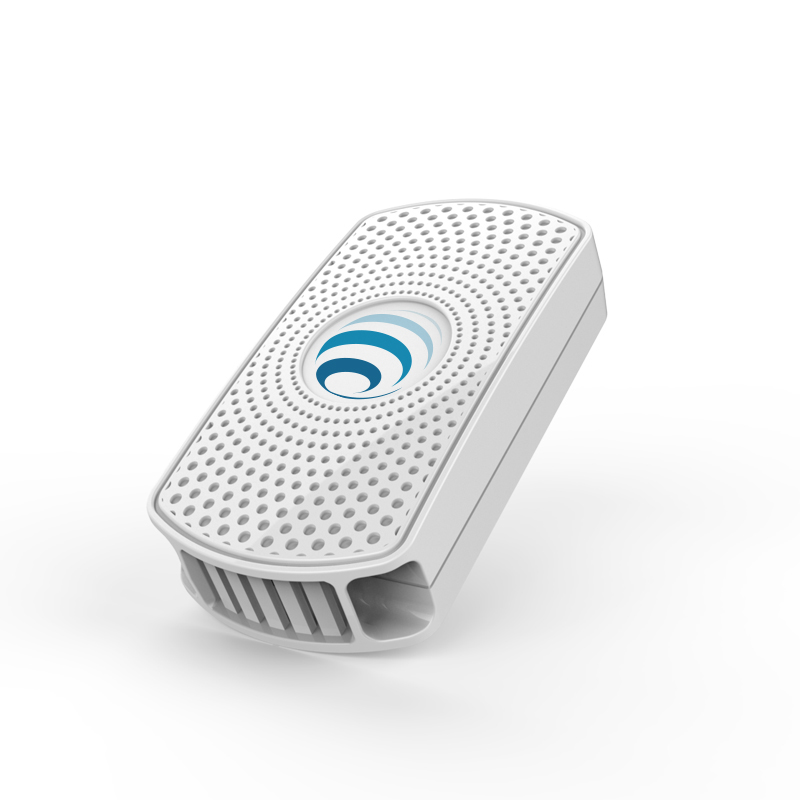
Once we log into the iMatrix cloud system, we can see a full log of all the temperature and humidity readings from the day. Not only that, we can also see days and days of past logs if we ever need to verify our records. If there’s any issue with our hydroponic systems, we’ll know right away with built in alerts. Then, we can correct problems with our growing environment before it hurts our plants.
We use this system for its simplicity and efficiency. We use it for its accuracy and reliability. There really aren’t any reasons we can find not to use it. If you want to be able to get a bird’s eye view of your hydroponic system’s conditions, this sensor, paired with the cloud system, can give you that. In this system, we just connect the sensors to the cloud, and watch the readings come in.
